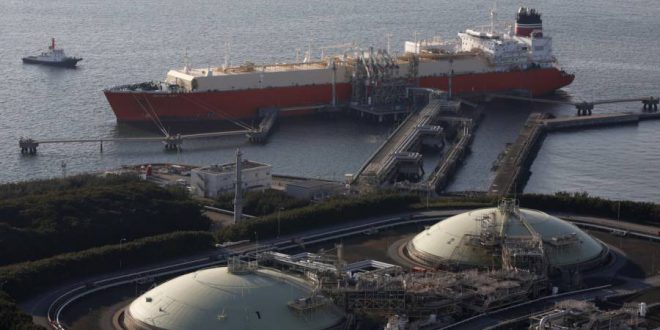A new pipeline from Russia that will eventually be capable of delivering more than a quarter of China’s current level of natural gas imports sounds like the last thing embattled liquefied natural gas (LNG) producers need. The Power of Siberia pipeline was scheduled yesterday to start delivering natural gas from Russia to China’s northeast. bringing the cleaner-burning fuel some 3.000 kilometres (1.865 miles) to a region that up to now has been heavily reliant on coal. The pipeline is due to reach its full capacity of 38bn cubic metres (bcm) a year by 2025. which is equivalent to about 28.1mn tonnes of LNG. China’s total natural gas imports from LNG and existing pipelines from central Asia were 77.1mn tonnes in the first 10 months of 2019. meaning they should be around 93mn tonnes for the full year. This means the new pipeline will be able to boost the current level of imports by around 30%. a substantial figure even when viewed in the light of China’s supercharged natural gas demand growth in recent years. This may look concerning for LNG exporters. who are already battling low prices caused by a supply surplus and slowing growth in China. the fastest-growing major market for the super-chilled fuel and the number two importer behind Japan. But the new pipeline is unlikely to have much of an impact on China’s LNG demand. as it will effectively serve a market not currently reached by LNG imports. The pipeline goes to northeastern Heilongjiang province. which borders Russia. and then it continues to Jilin and Liaoning. China’s top grain hub. While some of these provinces. Liaoning in particular. do have industries. they have mainly been powered by coal up until now. and the region’s industry and 68 mn urban residents consume just 14 bcm of natural gas annually. What this means is that the fuel from the Power of Siberia pipeline is likely mainly to displace coal. especially in industry and residential heating during winter. This will fit in with Beijing’s vision of improving air quality across the northern provinces in winter by replacing coal-fired boilers with natural gas. It’s also worth noting that the pipeline is expected to deliver only 4.6 bcm in 2020. equivalent to just 3.4mn tonnes of LNG. rising to 10 bcm in 2021 and the full capacity by 2025. This gives the marketer of the pipeline gas. China National Petroleum Corp. time to build the market in the provinces where the gas is being delivered. LNG exporters to China should perhaps be more worried by the slowing rate of demand growth in their main existing markets in the coastal provinces. especially the heavily industrialized southeast. While it appears LNG imports bounced back in November from a weak October. it’s likely that full year growth will only just make double digits. down from rates above 40% for the past two years. China imported 6.13mn tonnes in November. according to vessel-tracking and port data compiled by Refinitiv. This was up sharply from October’s 3.94mn tonnes. but still only in line with the 6.17mn imported in November last year. For the first 11 months of the year. Refinitiv data shows China’s LNG imports were 53.2mn tonnes. putting then on track to come in around 60mn for the full year. assuming this December is similar to the same month in 2018. This would be about 13% higher than the 53.1mn tonnes China imported in 2018. which is a strong rate of growth but a rapid cooling in the rate of growth from the previous two years.

 Iran Energy News Oil, Gas, Petrochemical and Energy Field Specialized Channel
Iran Energy News Oil, Gas, Petrochemical and Energy Field Specialized Channel



